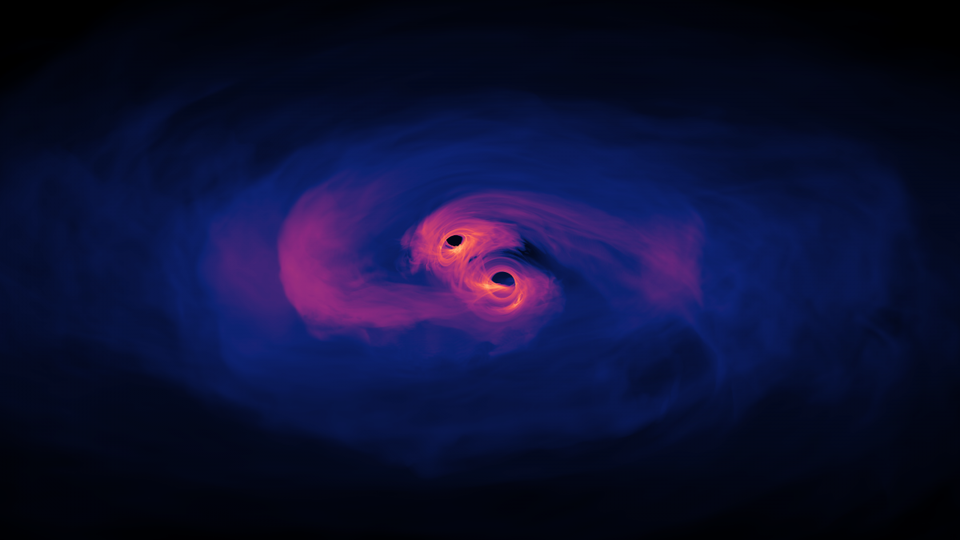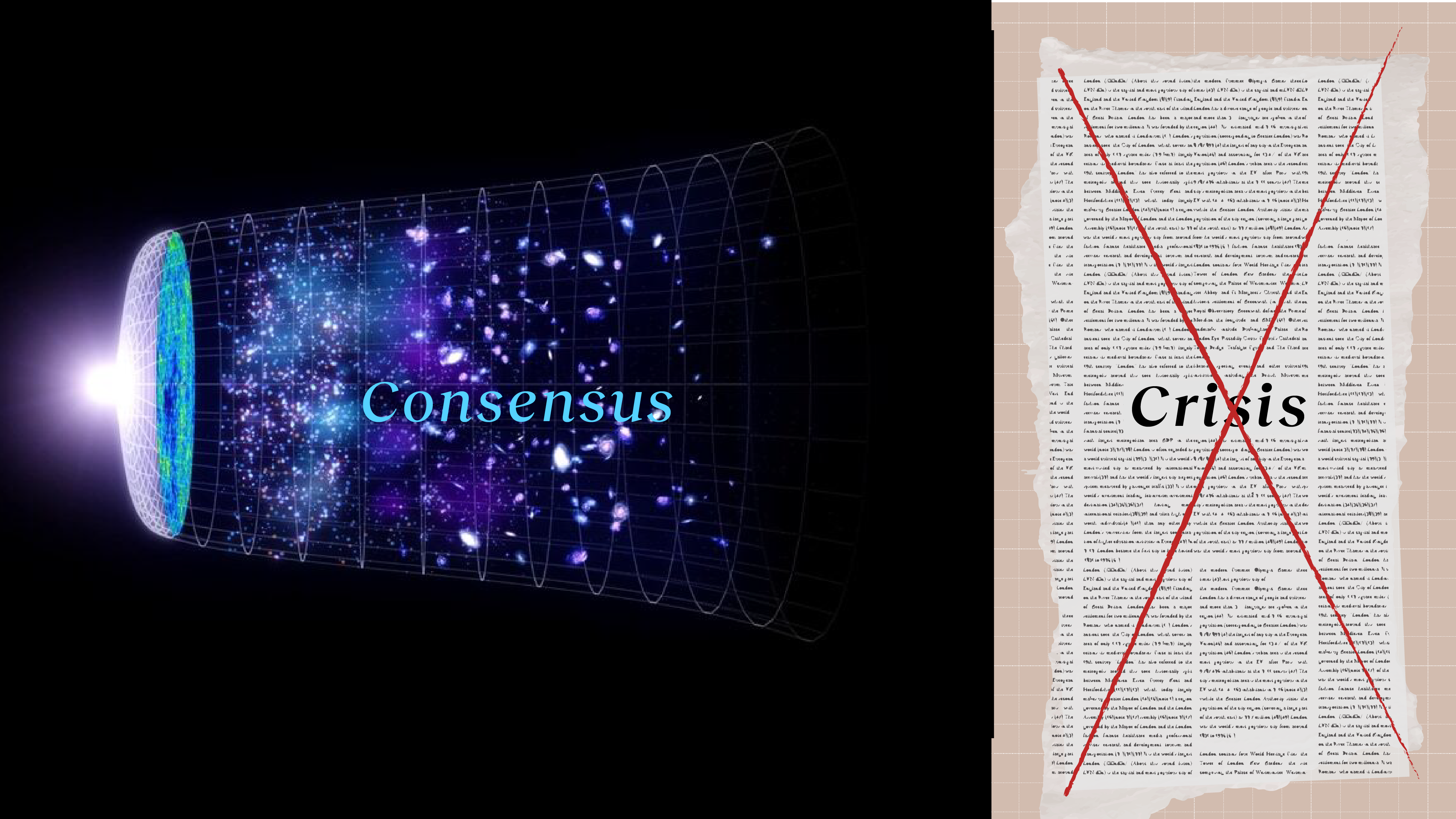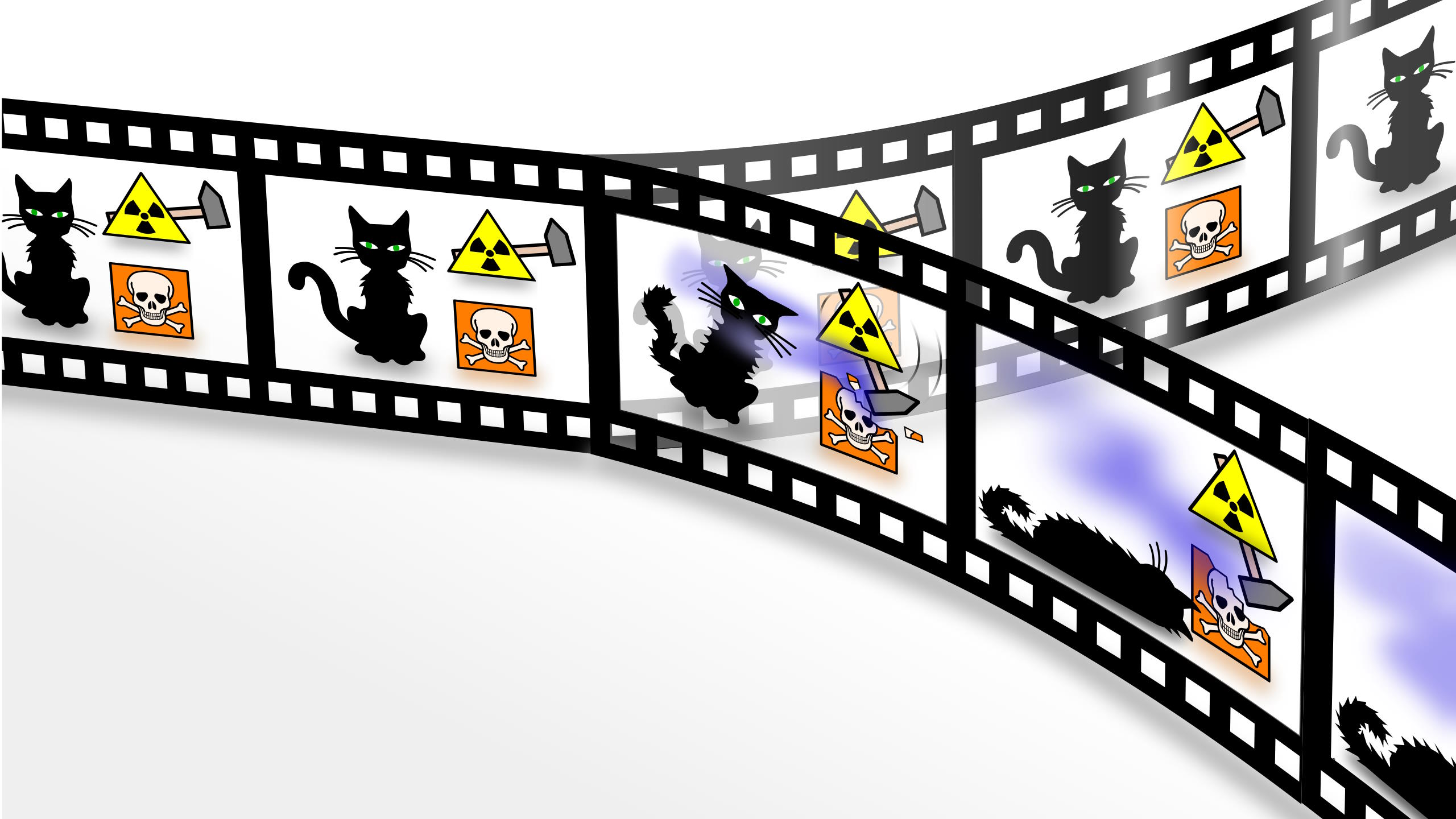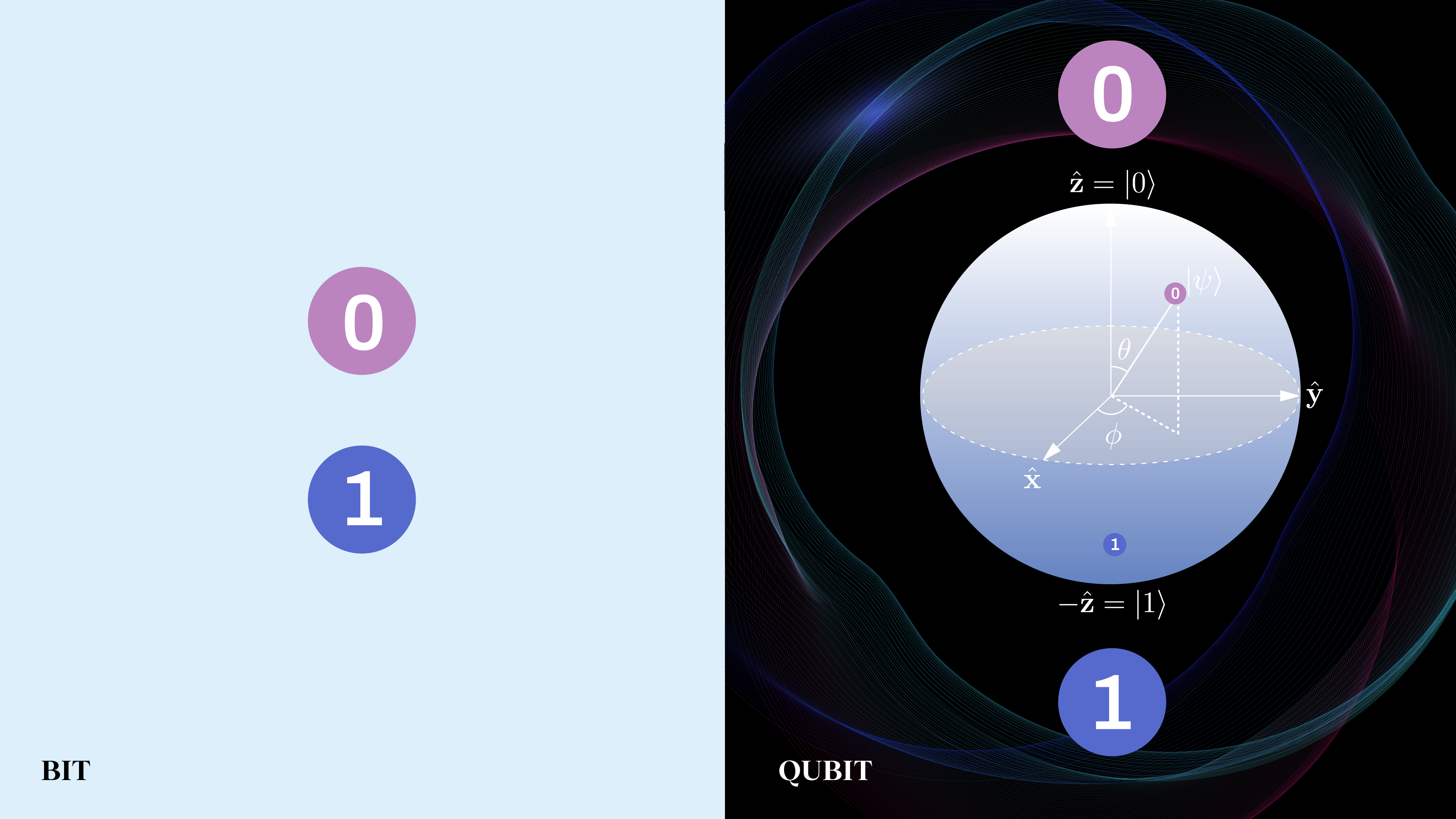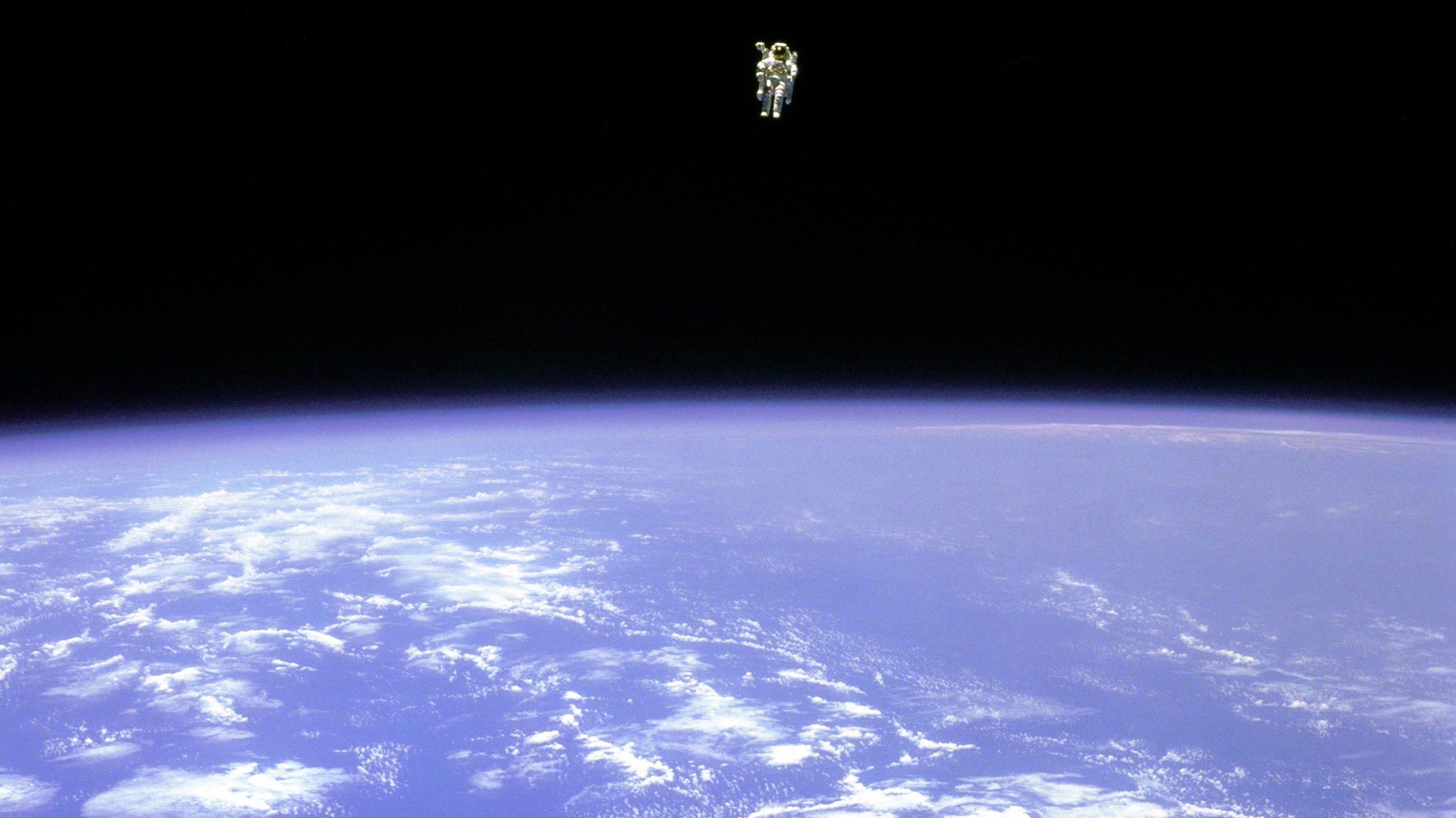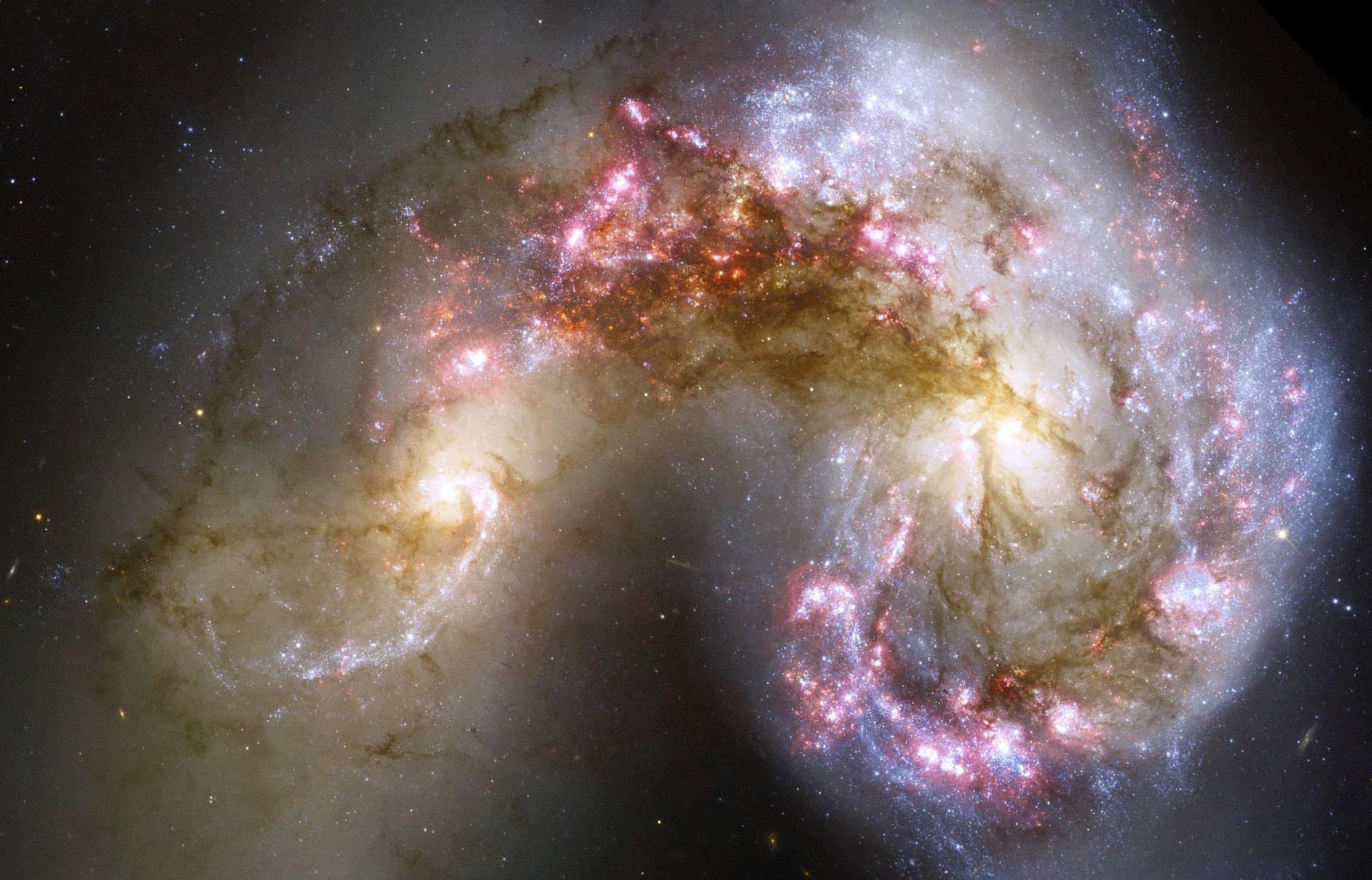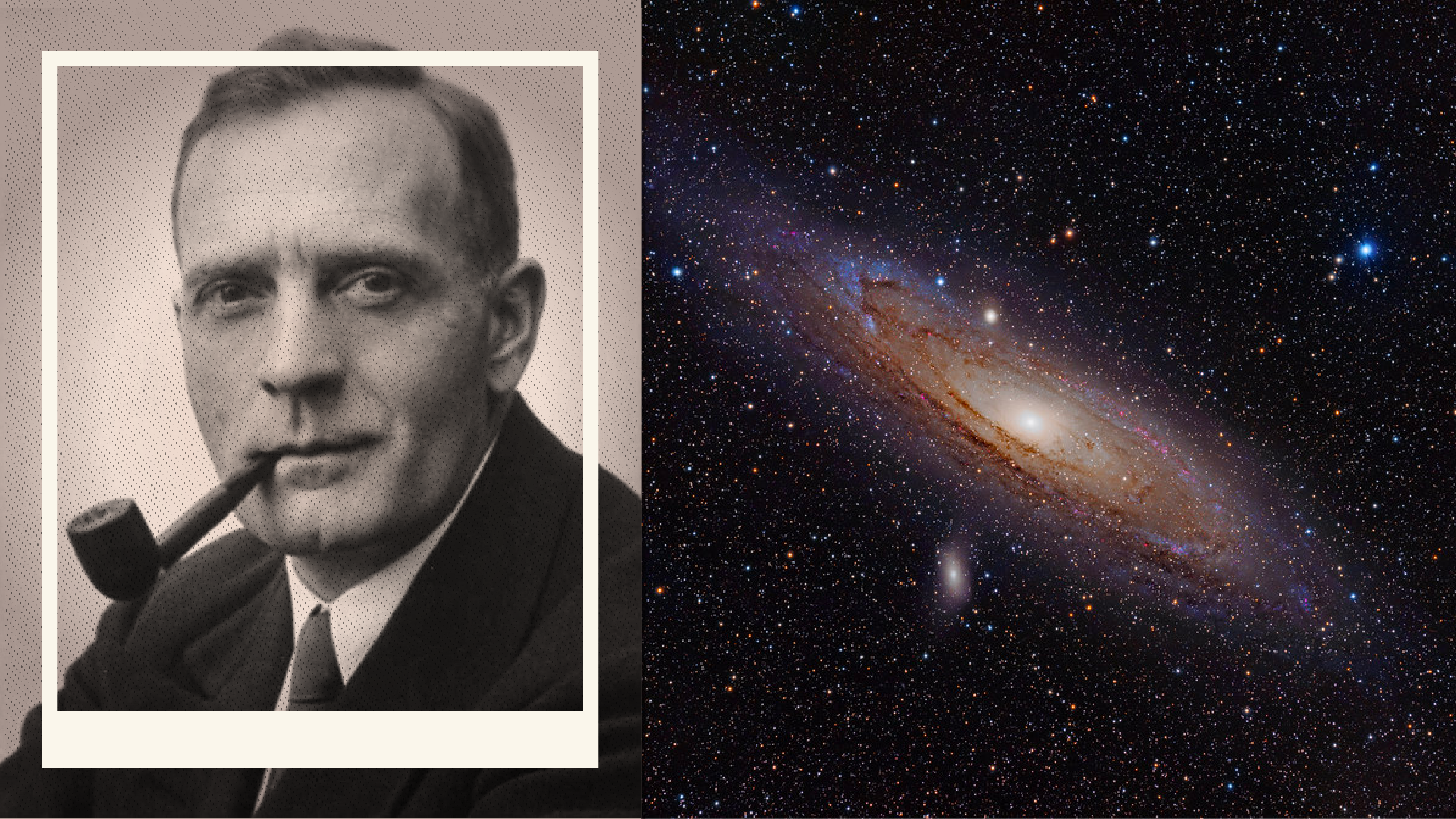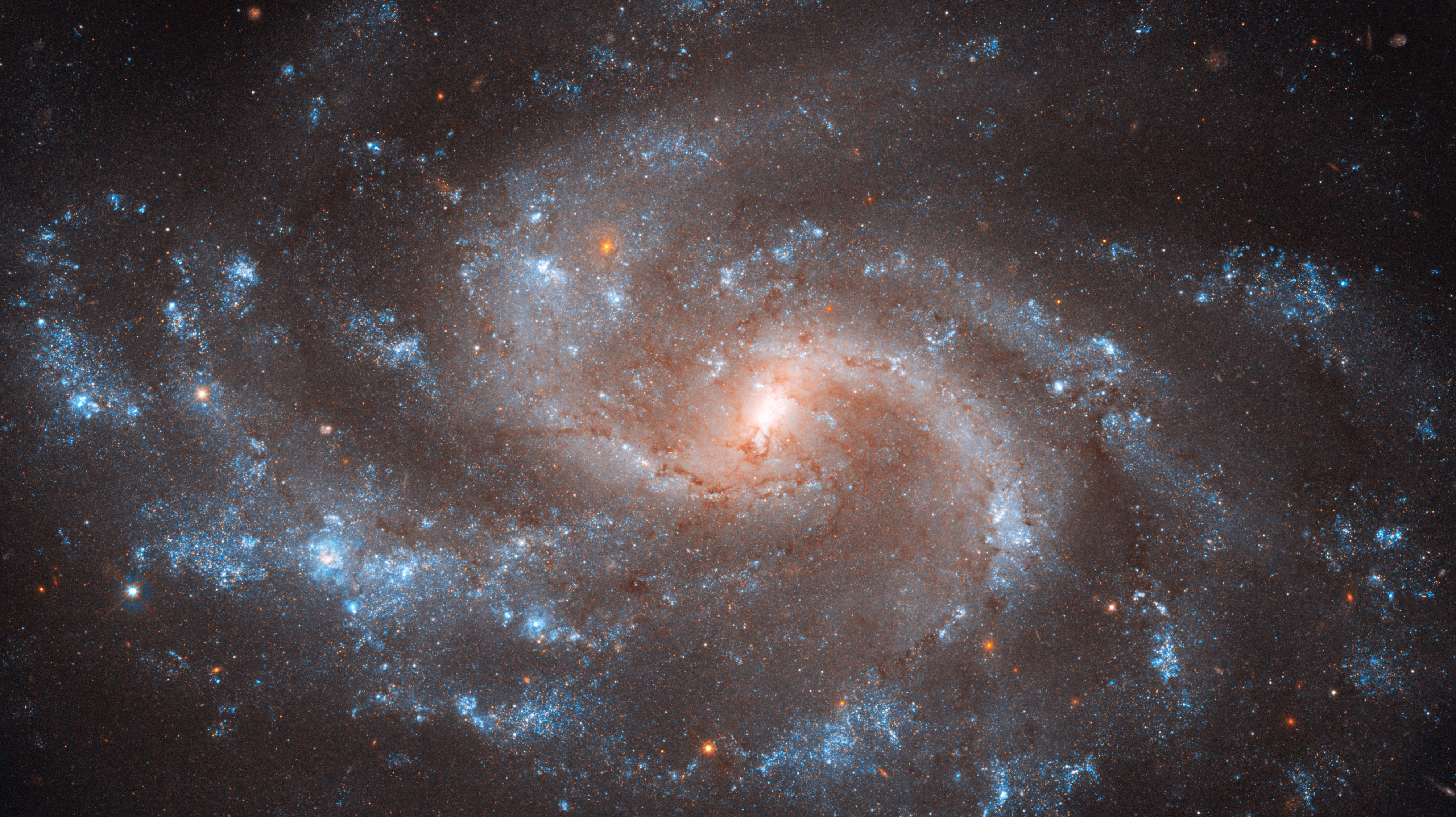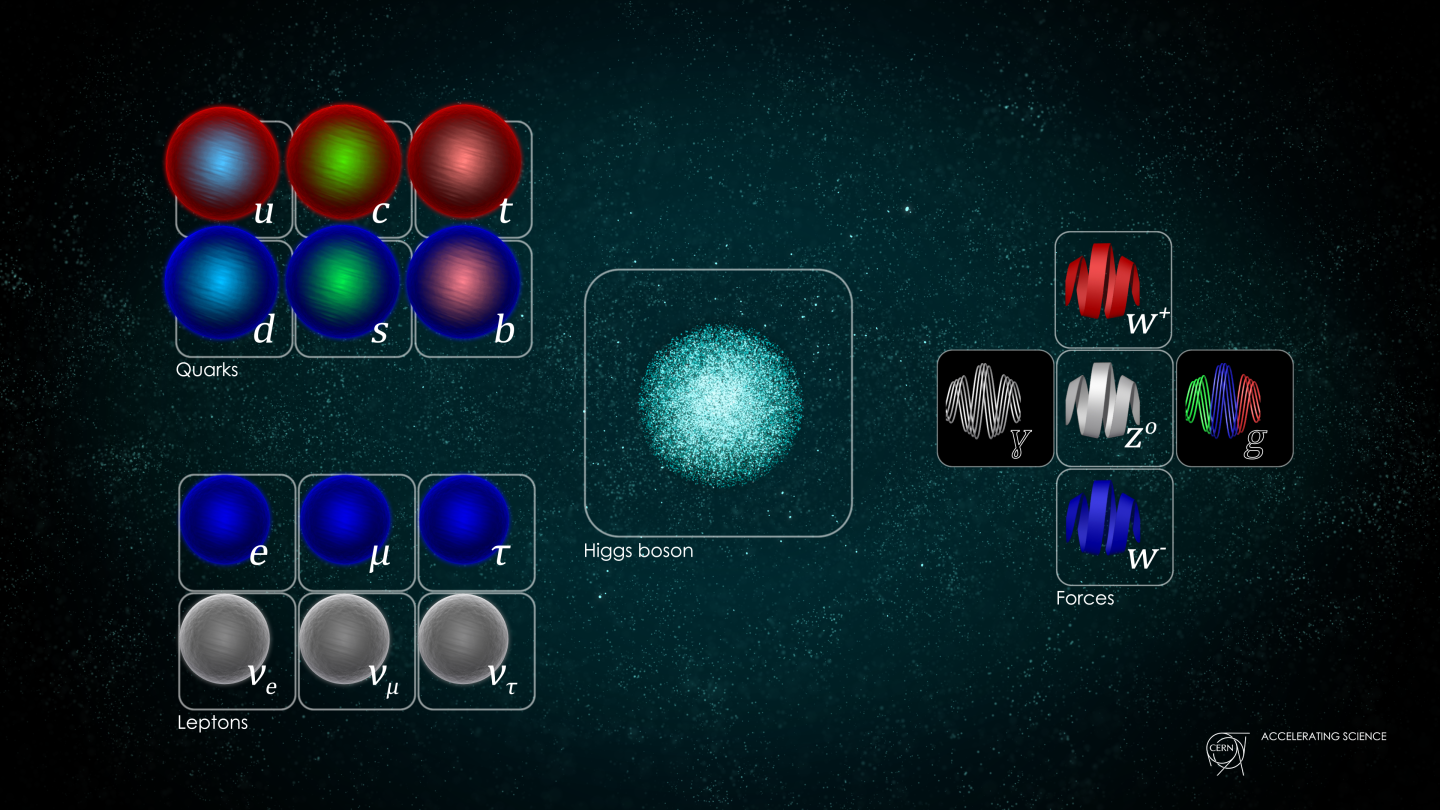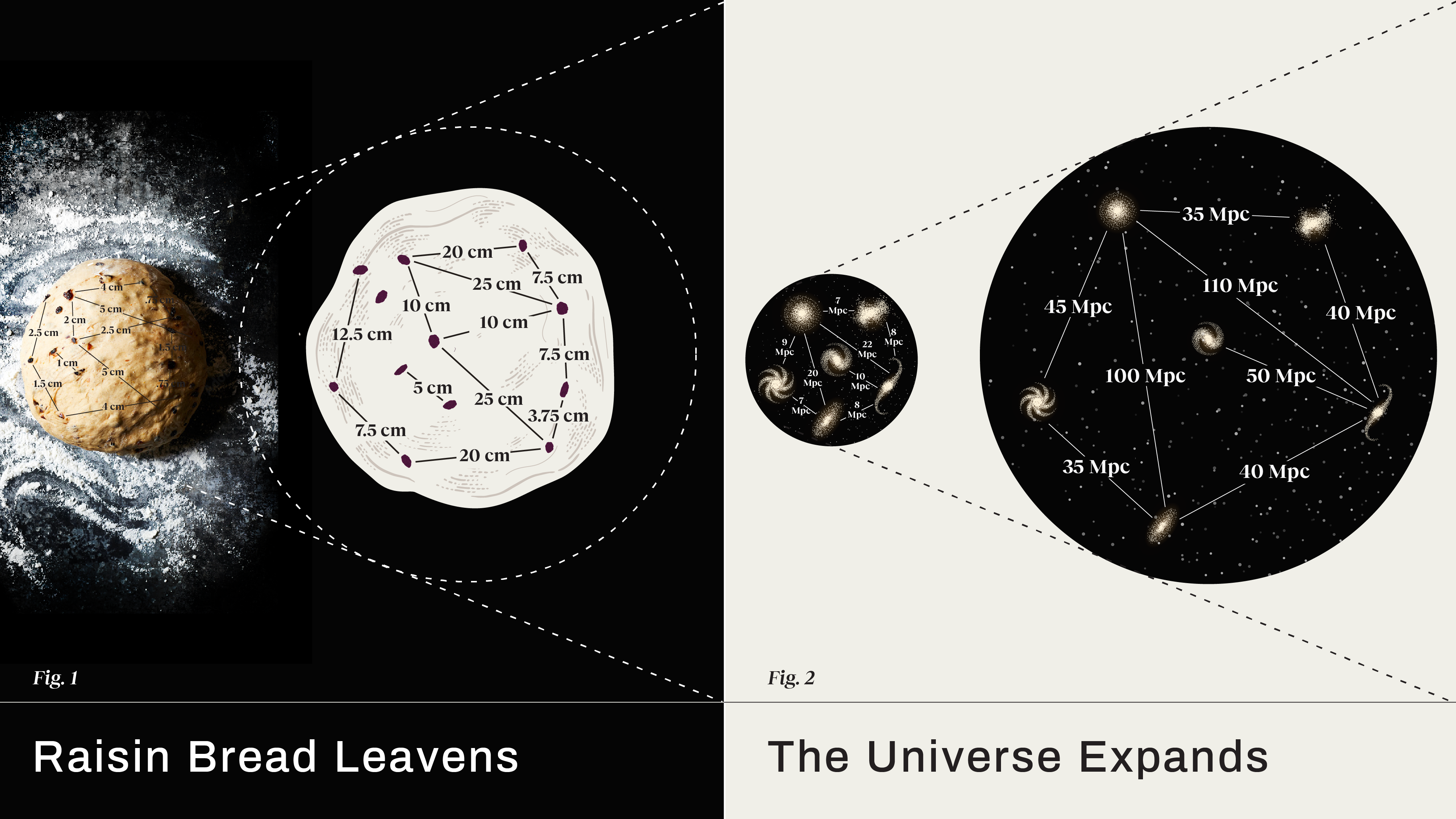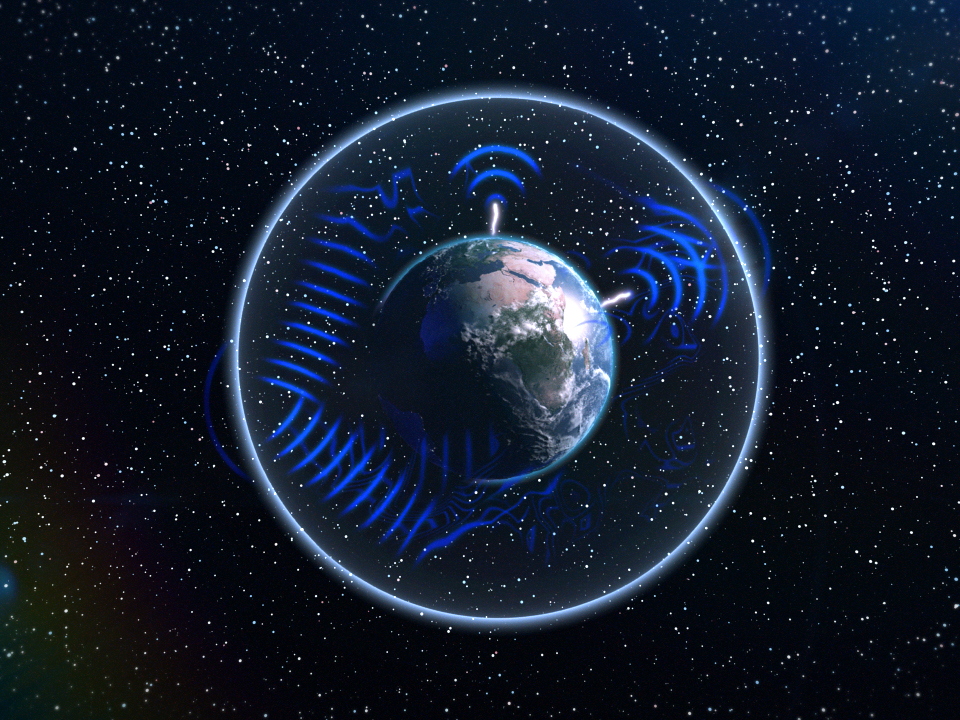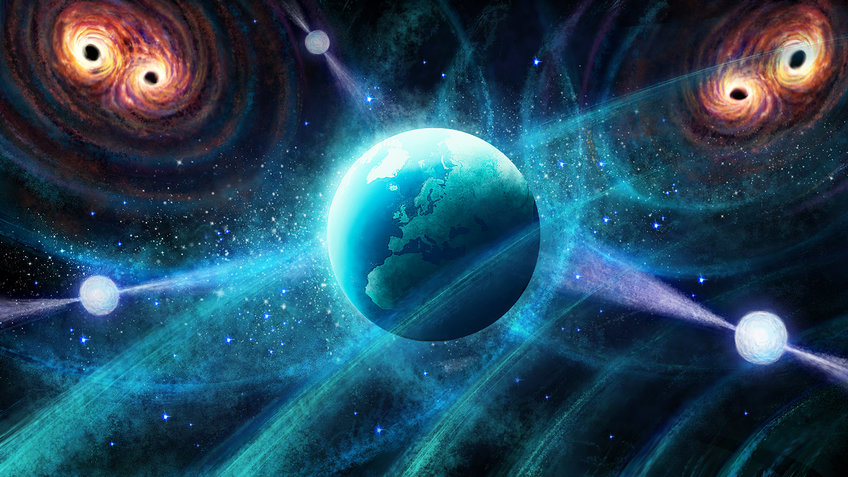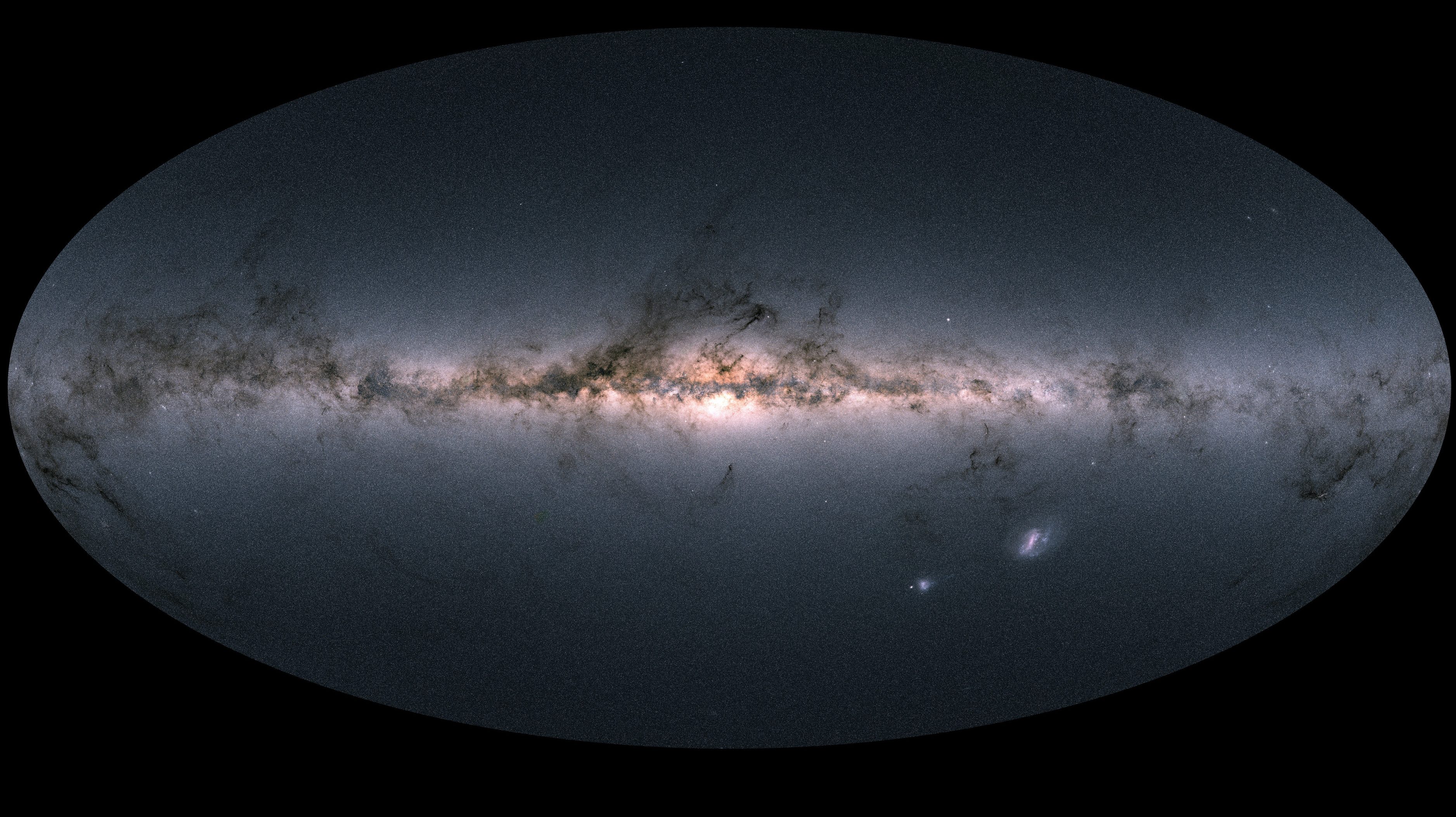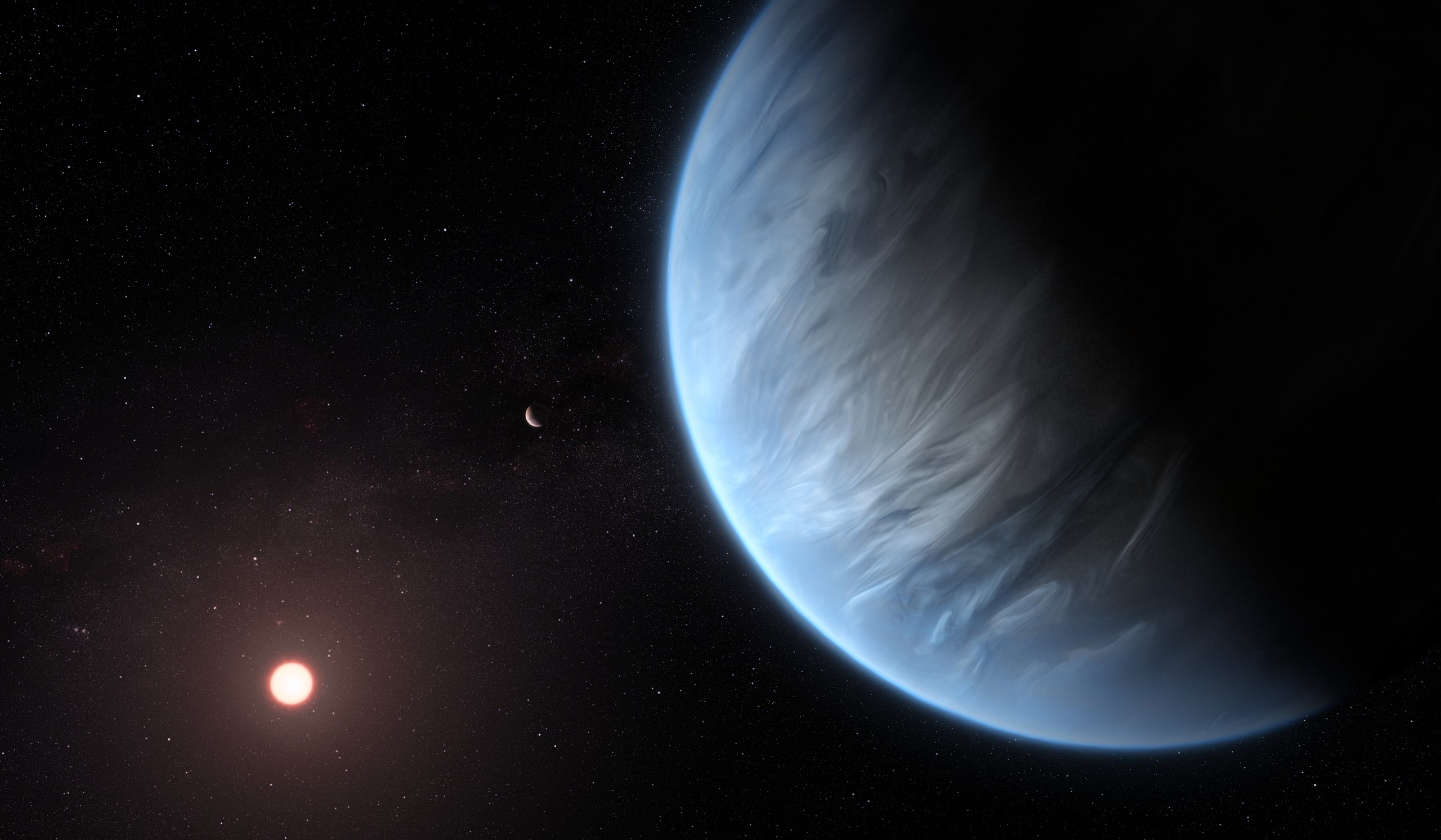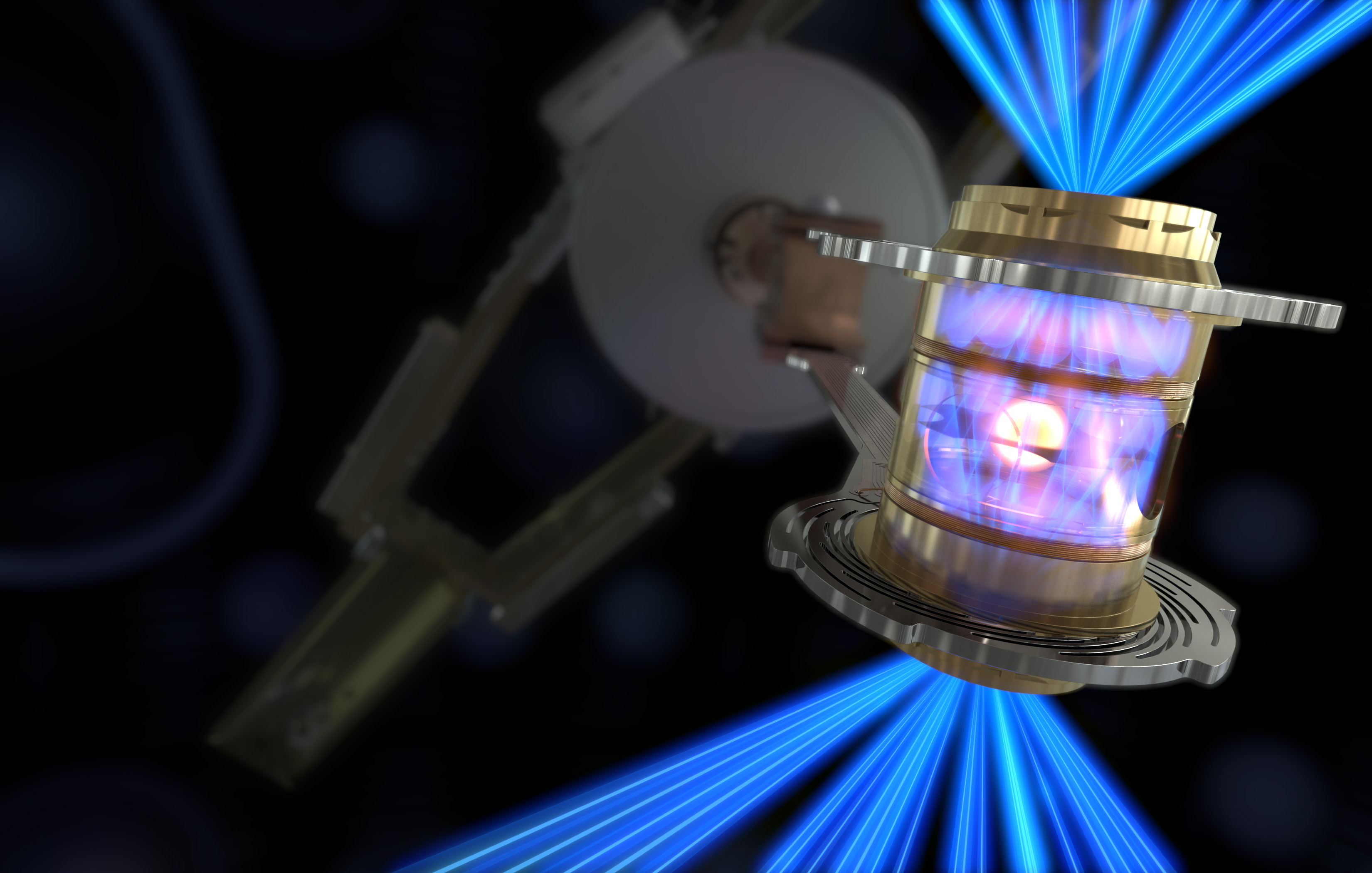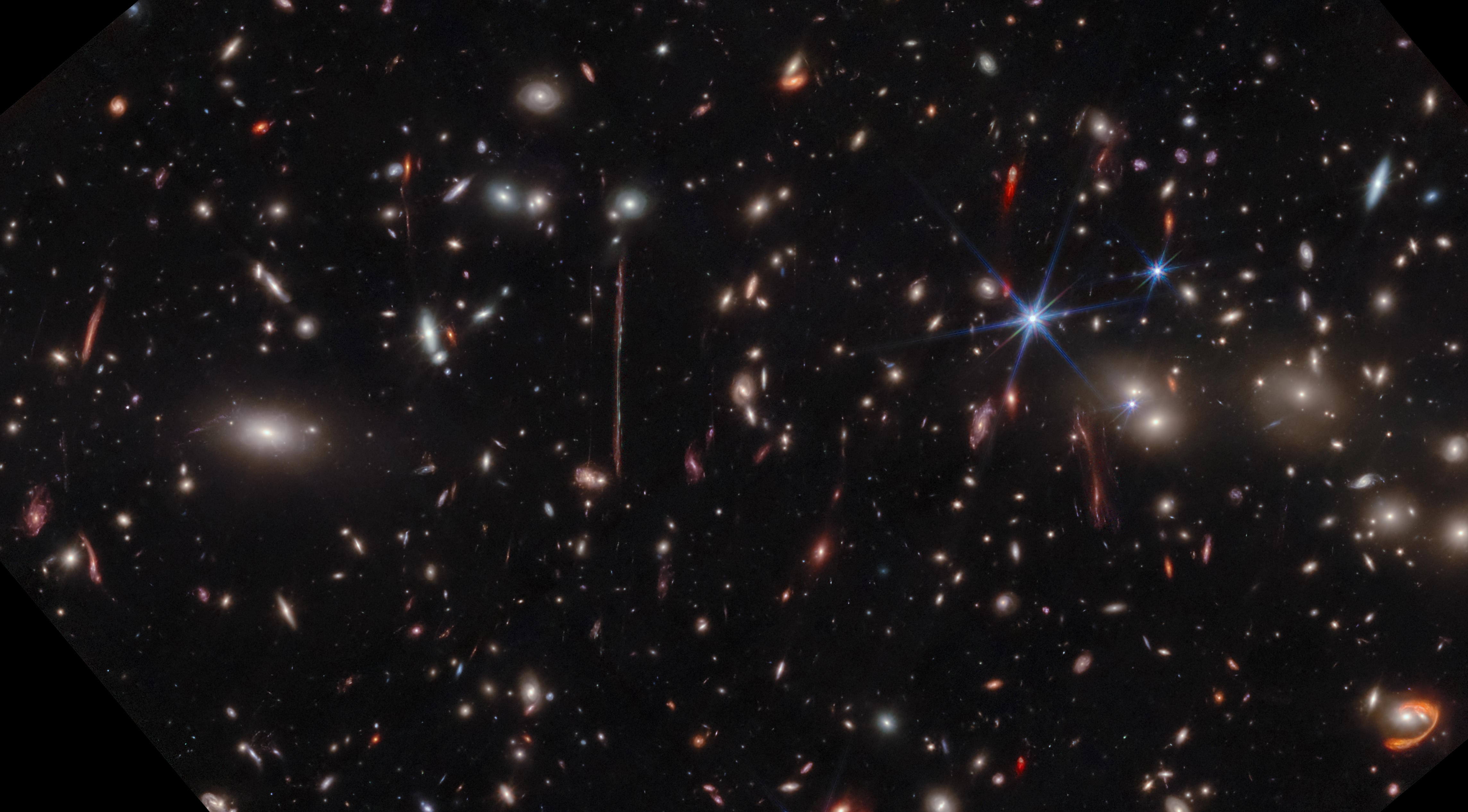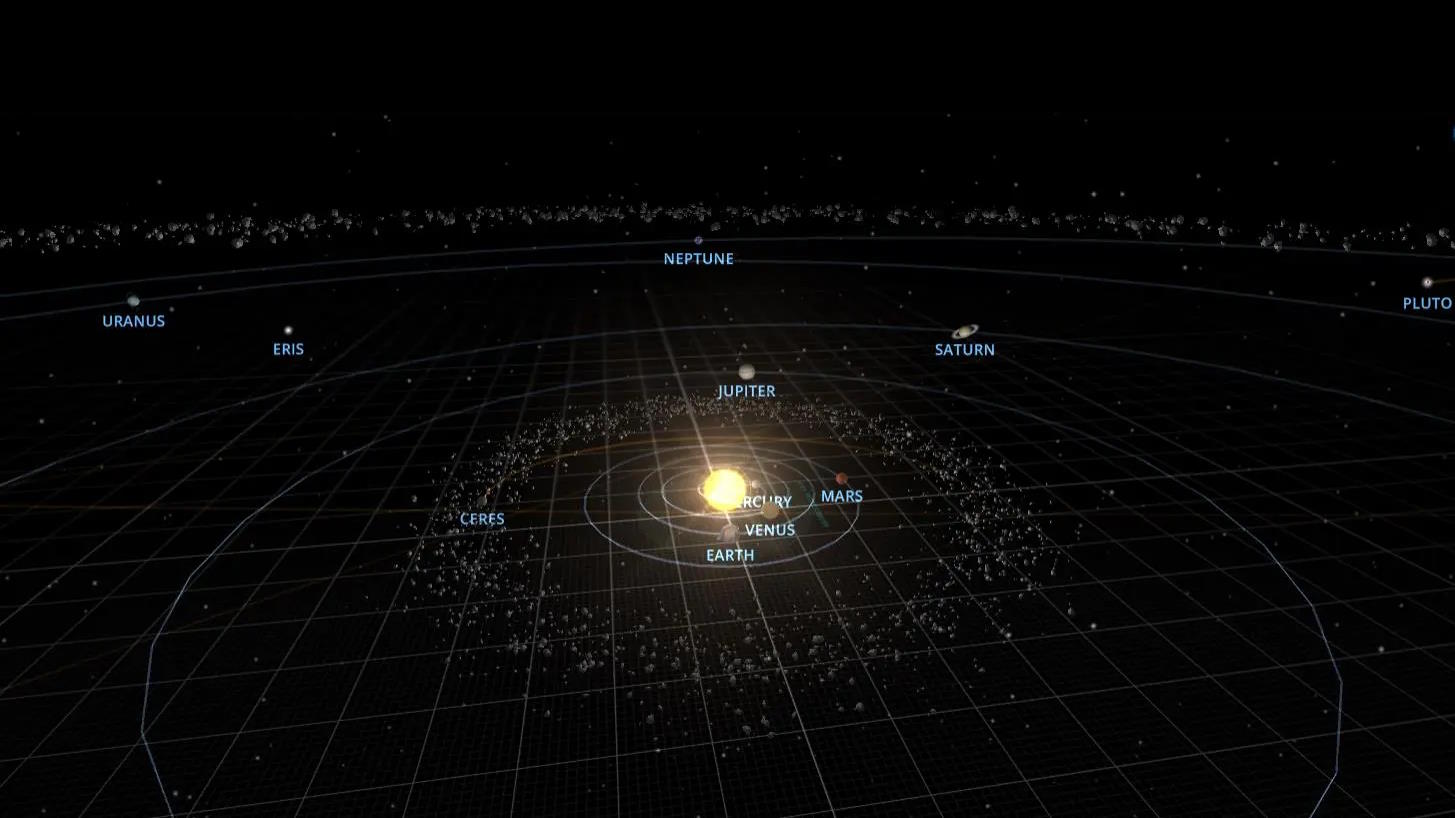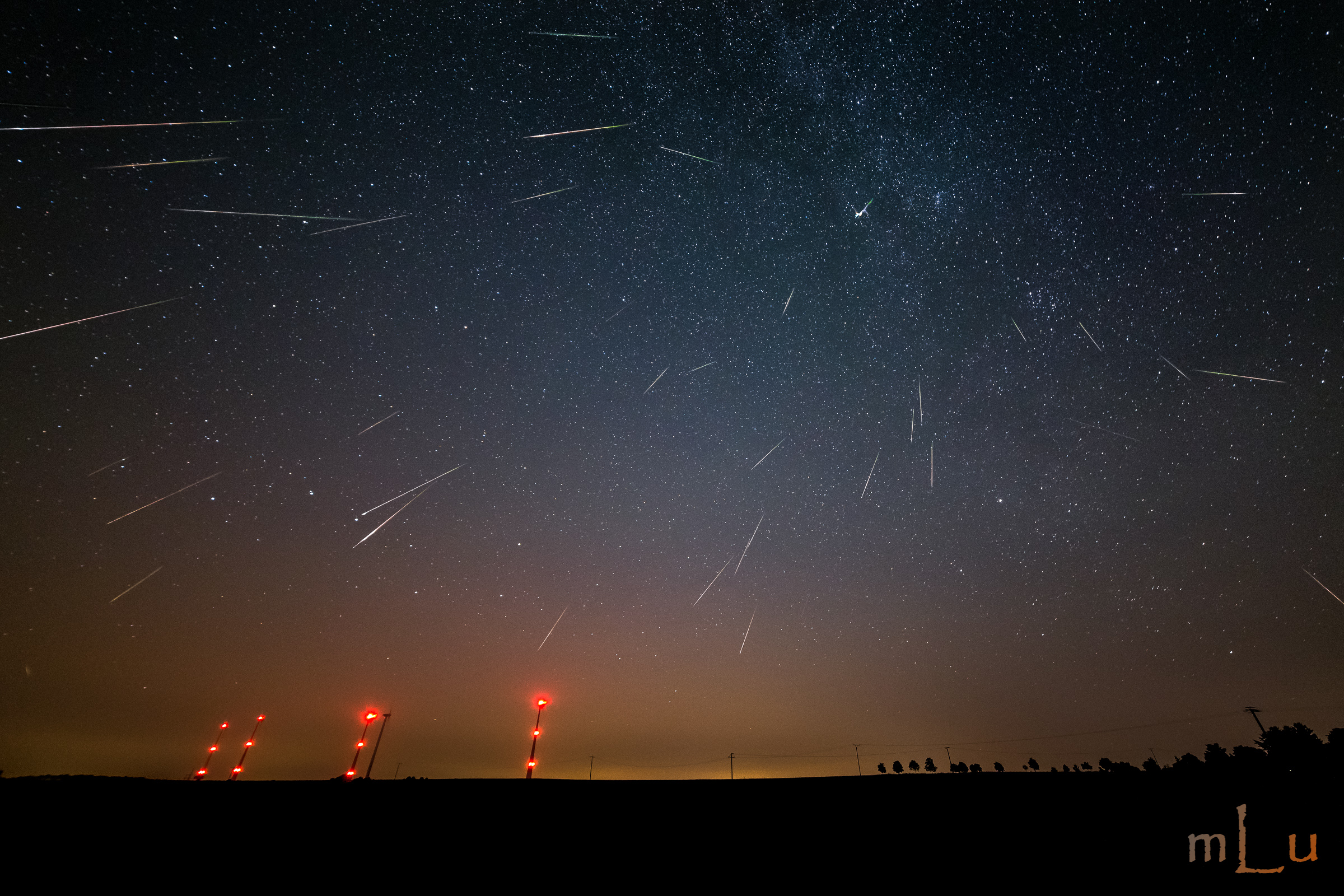Ethan Siegel
A theoretical astrophysicist and science writer, host of popular podcast “Starts with a Bang!”
Ethan Siegel is a Ph.D. astrophysicist and author of "Starts with a Bang!" He is a science communicator, who professes physics and astronomy at various colleges. He has won numerous awards for science writing since 2008 for his blog, including the award for best science blog by the Institute of Physics. His two books "Treknology: The Science of Star Trek from Tricorders to Warp Drive" and "Beyond the Galaxy: How humanity looked beyond our Milky Way and discovered the entire Universe" are available for purchase at Amazon. Follow him on Twitter @startswithabang.

Three fundamental forces matter inside an atom, but gravity is mind-bogglingly weak on those scales. Could extra dimensions explain why?
Newton thought that gravitation would happen instantly, propagating at infinite speeds. Einstein showed otherwise; gravity isn’t instant.
There are a few clues that the Universe isn’t completely adding up. Even so, the standard model of cosmology holds up stronger than ever.
With ~400 billion stars in the Milky Way and 6-20 trillion galaxies overall, that makes for a lot of stars. But not as many as you’d think.
The biggest, brightest galaxies are the easiest to spot, but the tiniest ones teach us about how the Milky Way assembled and grew up!
American students are being compelled to specialize earlier and earlier. Here’s what it takes to build a successful physics foundation.
A clock, designed and built in Europe, ran hopelessly at the wrong rate when brought to America. The physics of gravity explains why.
Can quantum computers do things that standard, classical computers can’t? No. But if they can calculate faster, that’s quantum supremacy.
When the average person has a “theory,” they’re just guessing. But for a scientist, a theory is the pinnacle of what we can achieve.
The “Ring Nebula,” known for almost 250 years, is so much more than a Ring. With JWST’s capabilities, we’re seeing more than ever before.
The Universe isn’t just expanding, the expansion is also accelerating. If that’s true, how will the Milky Way and Andromeda eventually merge?
By probing the Universe on atomic scales and smaller, we can reveal the entirety of the Standard Model, and with it, the quantum Universe.
When what we predict and what we measure don’t add up, that’s a sign there’s something new to learn. Could it be a new fundamental force?
The first observational evidence showing the Universe is expanding is 100 years old now: in 2023. Here’s the story of its 100th anniversary.
How fast is the Universe expanding? Two major methods disagree. New JWST data, just released, strengthens this Hubble tension even further.
Some constants, like the speed of light, exist with no underlying explanation. How many “fundamental constants” does our Universe require?
Two fundamentally different ways of measuring the expanding Universe disagree. What’s the root cause of this Hubble tension?
The Schumann resonances are the background hum of the entire planet. But they don’t affect humans in any way.
LK-99, almost certainly, isn’t a room-temperature superconductor. The underlying physics of the phenomenon helps us understand why.
The visible Universe extends 46.1 billion light-years from us, while we’ve probed scales down to as small as ~10^-19 meters.
How scientists are hearing the gravitational background “hum” of the Universe for the very first time.
Einstein’s laws of gravity have been challenged many times, but have always emerged victorious. Could wide binary stars change all that?
Each of our three nearest stars might have an Earth-like planet in orbit around it. Here’s what we’ll learn when we finally observe it.
Is LK-99 truly a room temperature superconductor? These 4 tests, none of which have yet been passed, will separate fact from fiction.
The National Ignition Facility just repeated, and improved upon, their earlier demonstration of nuclear fusion. Now, the true race begins.
From when its light was emitted, the El Gordo galaxy cluster might be the most massive object in all of existence. Here’s how JWST sees it.
Recent claims put LK-99 as the first room temperature, ambient pressure superconductor ever. Has the game changed, or is it merely hype?
Scientists are notoriously resistant to new ideas. Are they falling prey to groupthink? Or are our current theories just that successful?
Each year in mid-August, Earth plows through the debris stream of an enormous comet, creating the Perseids. 2023’s show will be magnificent!
Even with the quantum rules governing the Universe, there are limits to what matter can withstand. Beyond that, black holes are unavoidable.

